Cat-ification guide: How much does it cost to create a cat-friendly home?
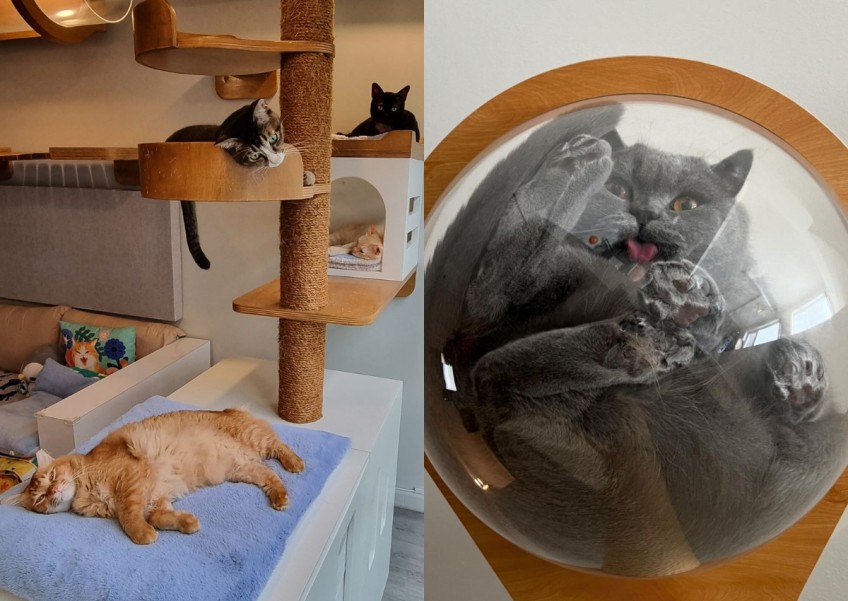

As a cat owner (read: willing cat slave), there are few things more aesthetically pleasing to me in interior design than catified spaces. You may not know the terminology, but you have probably seen the pictures:
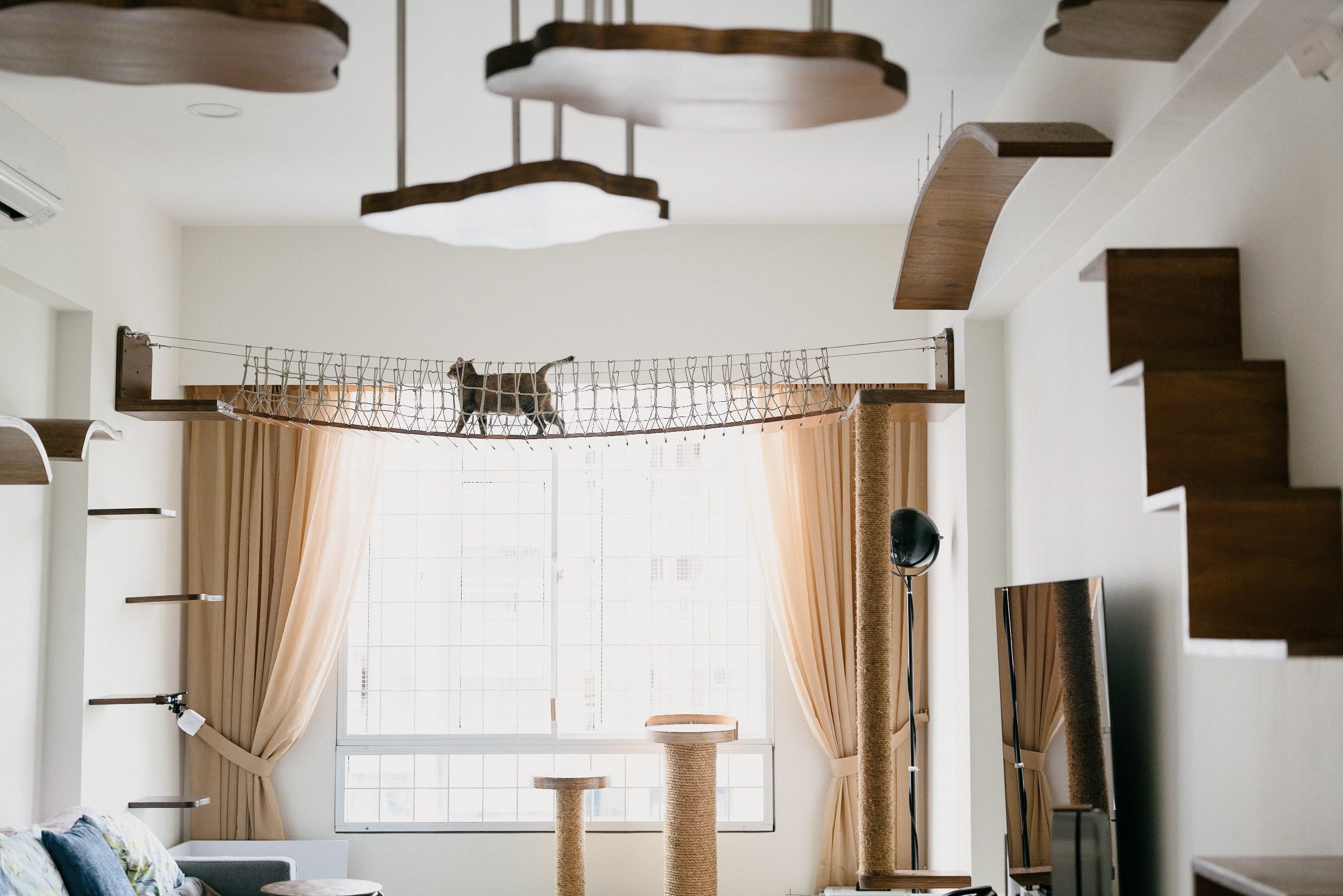
Catification involves adding feline-friendly fixtures to your home that meet your cat's needs to climb, perch, and basically be a cat. Think cat trees, cat shelves, and the like.
It's clear from the photos that catified homes need not sacrifice your sense of style or infringe on your space. To me, the beauty of catification is that it seamlessly blends your cat's needs as a curious little hunter with your own needs as a two-legged urban dweller.
What wasn't clear to me, however, was the cost of catification. How much will I need to fork out to give my kitty, Cinnamon, a tall cat tree she can scale to the ceiling? Would it be expensive to install cat bridges for her to perch on and watch the world below her? And let's get real here: Is it worth investing in these customised catfication features instead of just buying ready-made cat trees online?
To get answers, I didn't just research online-I went straight to the source. Here's what I found out after speaking with three catification experts in Singapore: Little People Woodworks, Good Life Cat, and The Cat People.
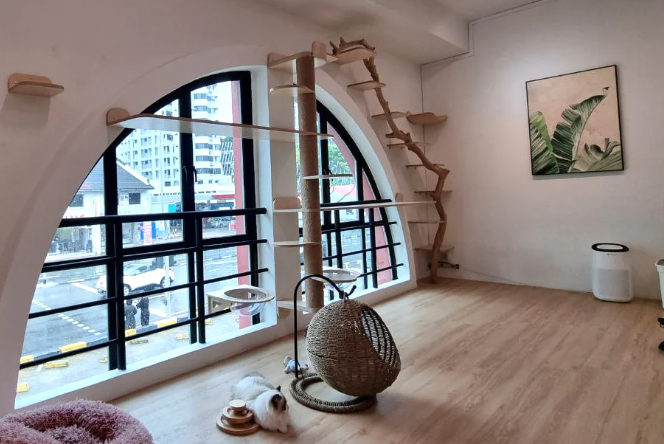
Before we get into how much it will cost you to catify your home and how to go about doing it, let's understand what we mean by catification.
The term "catification" was supposedly coined by YouTuber and cat behaviourist Jackson Galaxy. What does it mean? If you ask me, catification makes your home also your cat's home. It's the process of creating a wholesome, enriching environment for your cat to do cat things like climb a tree and perch there to stare at you.
Fellow cat owners who've also had their cats spring up onto tables, countertops, and even the fridge, I'm sure you know what I'm talking about. A lot of catification features involve making use of vertical space, such as the use of elevated cat shelves.
"Vertical space is beneficial for most cats, offering opportunities for scratching, hunting, exercise, play, rest, and observation. Even for cats preferring lower areas, window-level vertical space can be satisfying," Alen Thum, Founder and Director of The Cat People, explains.
Cat shelves, bridges and trees let your cat fulfil such fundamental needs with spaces specifically designed to meet them. For both you and your feline friend, that sure beats your cat jumping onto your fridge and rearranging all your fridge magnets or exiling them to the floor.
[embed]https://www.instagram.com/p/C2gJoWfBUkR/?utm_source=ig_web_copy_link[/embed]
Anyone who wants to adopt a cat in Singapore will (and should) be asked if their home is cat proofed. But don't mix cat proofing up with catification.
| Cat proofing | Catification |
| Focuses on safety | Focuses on enrichment |
| Meshing or netting windows and gates is the most essential feature to prevent your cat from escaping | Features like cat shelves, cat bridges, and scratch posts or boards are the most common. |
| A must-have—adoption agencies will check if your home has been cat proofed before allowing you to adopt a cat. | A great-to-have—these greatly enrich your cat’s life but are not essential for safety. |
| More affordable—meshing windows/gates starts from about $150. | Less affordable—a wall-mounted cat gym starts from around $900. |
In a word, cat proofing is about safety. The most essential cat-proofing fixture is some sort of mesh or structure that will prevent your kitty from jumping out of your windows or escaping from your gates.
Don't think "my cat doesn't go near my windows" and brush these measures aside. Cats don't understand that they're on a dangerously high floor, and jumping from heights is a very real problem. SPCA even has a term for it-High Rise Syndrome (HRS).
Just last month in Feb 2024, a cat jumped from the 12th storey after being spooked by a loud noise. Lucky Kiki survived, but at least half of the five HRS cases SPCA sees a week result in fatalities.
On a smaller scale, cat proofing can also include things as simple as tidying up after yourself. "Make sure your small items are stored away safely to prevent accidental swallowing," Aaron Wong, co-founder of Good Life Cat, says. "[Cats] are really just like kids!"
Take it from someone whose cat swallowed a 2-inch piece of string when she was just nine months old, and who spent the next three days checking through cat poop daily before it finally turned up. Swallowing string is no laughing matter, mind you-it can perforate a cat's intestines, which can be life-threatening.
Taking the time and effort to keep string (and yarn, rubber bands, hair ties, etc) away is far less stressful on you, your cat and your wallet than an emergency trip to the vet.
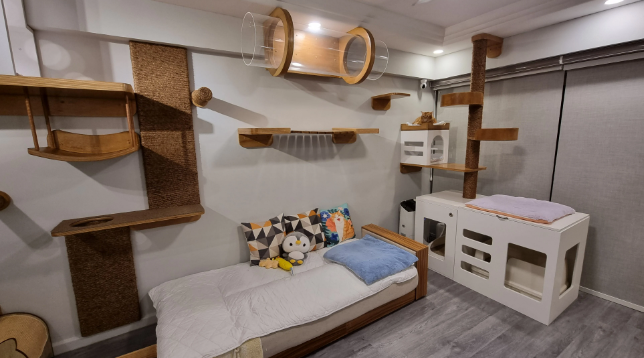
If cat proofing is about safety, catification is about enrichment. While cat proofing includes meshing up windows, catification might involve installing perches near windows for your cat to stare and "ekekek!" at birds outside.
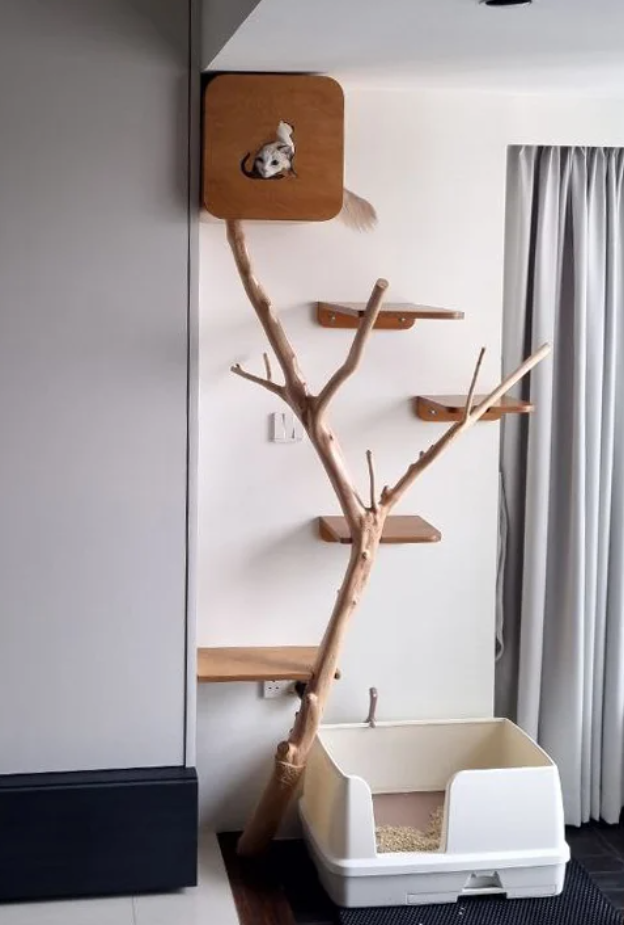
"Cats, as well as dogs, are not evolved for enclosed, apartment living. Within an apartment, they don't have the space and means to behave as cats," Mihai Szabo, founder of Little People Woodworks, says.
When we look at our adorable feline companions, it's easy to forget that these creatures are, in fact, clawed hunters. They come from a predatory past that, even after some 12,000 years of domestication, spur them on to climb, perch, spy, stalk, and scratch.
These needs are no issue on a farm, where cats naturally stalk, hunt and explore both indoors and outdoors. But bring a cat into an urban environment like our typical Singaporean HDB flat, and we've got a problem. Apartment living is far from ideal for cats. Where are the mice to hunt? Where are the trees to climb on and scratch?
"The pent-up energy and frustration manifest in many different unhealthy ways, such as overgrooming, aggression, depression, self-harm, and scratching the furniture, for example," Mihai explains.
That brings me to my next question: How important is catification? Will cats still scratch your furniture anyway?
[embed]https://www.instagram.com/p/C36U2noKoCO/?utm_source=ig_web_copy_link[/embed]
To answer this question, we need to go back to understanding the purpose of catification. It's all about letting your cat be a cat-to climb, perch, watch, stalk, and scratch as their cat instincts urge them to. Keep these things in mind.
Now imagine a home devoid of any furniture. Your cat will have absolutely zilch to jump on or scratch. The result? You're going to have one unfulfilled cat with tons of pent-up energy, just raring to go ham at the next scratchable thing that appears. The cat will be jumping off the walls at the next climbable fixture!
"If you want a happy, fulfilled cat, catification is crucial! Or at the very least, you need to have enough furniture that they can climb up on and perch," Mihai of Little People Woodworks says.
Cats need vertical spaces and something to scratch on (preferably not your couch). If you've got a series of cat shelves and various surfaces suitable for scratching, your cat can direct some energy towards these installations. Remember that cats don't scratch to destroy your furniture. They scratch to file their nails, stretch their bodies, and even mark their scent-did you know cats have scent glands in their paw pads?
Alen of The Cat People points out that catification can also play an important role in homes with more than one cat. "In multi-cat households, well-planned catification aids in marking territories, preventing behavioural issues, and allowing each cat to claim their own space," she explains. "[E]xpanding wall spaces can ensure that cats have designated areas, accessible through different paths, minimising confrontations at ground level."
This makes sense to me-if you're not an only child, do you remember when you had to share a room with your sibling? We all want some personal space, and cats do too.
[embed]https://www.instagram.com/p/C0OSeN_OZKb/?utm_source=ig_web_copy_link[/embed]
Catification can be daunting. Where does one even begin? What are the most essential catification components one should get? I posed this question to the three local catification experts I spoke to, and here are the top two common basic features they recommended to me.
There you have it. So while those glass domes/bowls that show off your cat's squishy toe beans are adorable, remember that that only fulfils the elevation component of your cat's needs.
[embed]https://www.instagram.com/p/C3-5D2Nv61C/?utm_source=ig_web_copy_link[/embed]
You might also want to get your cat a place to rest, such as a hammock or capsule. Which option you go for depends on your cat's needs and preferences.
[embed]https://www.instagram.com/p/Czab2lFvMK2/?utm_source=ig_web_copy_link[/embed]
All three catification experts stressed to me that catification starts with understanding the needs of your cat. Factors to consider include:
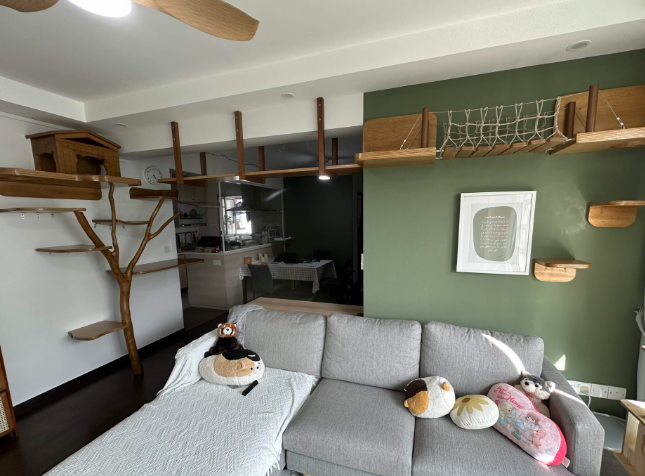
There are tons more factors you can think about. I suggest you consider the places where your cat spends the most time in a day and think about how you can recreate that in a catification wall.
For example, my cat loves to hop into cardboard boxes when she's playful and sleeps on a big, soft round chair next to me every night. I'm guessing she would love a wall-mounted box for her feisty moods and might like a soft hammock style fixture when she wants a cat nap.

These are rough prices of catification services and features as told to me by the catification experts below. The exact prices are going to depend on the items you want installed.
| Catification company | Catification fixtures | Cost |
| Good Life Cat | A catification wall with a resting place, steps for elevation, and scratch pots or boards. | $1,500 to $2,500 on average. Contact them for more details. |
| Little People Woodworks | A wall-mounted cat gym with a long scratching surface and shelves. | From $900, including installation works. See their full list of rates and contact them for more information. |
| The Cat People | A one-wall HDB living room, equipped with a cat post featuring bed shelves, additional shelves, and steps for connectivity. | Around $1,500, including installation. Contact them for more details. |
The prices above are for a whole wall of catification fixtures, which you should mix and match according to your cat’s preferences. So let’s take a closer look at the different catification components you can opt for and how much they'll cost you.
| Catification component | Price |
|
Basic/half-moon step shelves (30 x 20 x 7 cm) 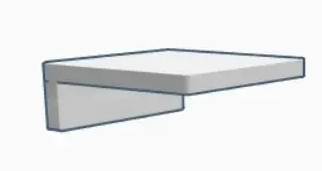
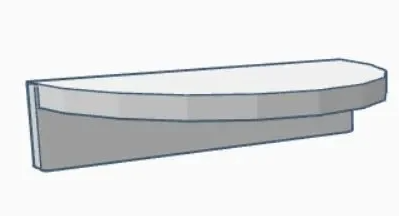
|
$42 / $45 |
|
Resting platforms (from 40 cm in length) 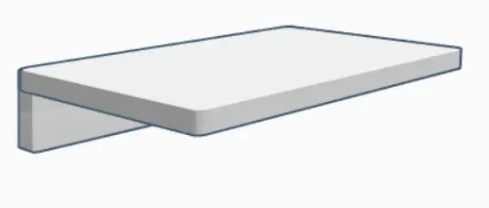
|
From $55 |
|
Curved platform (42 x 32 x 12 cm) 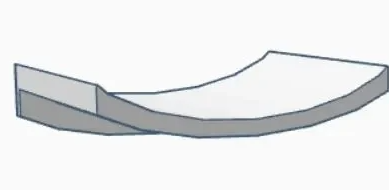
|
$250 |
|
Moon shelf (40 x 35 x 40 cm) 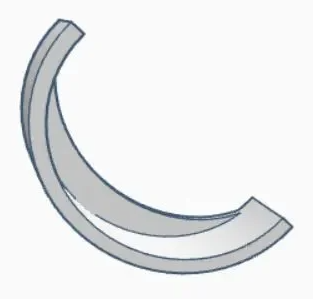
|
$350 |
|
Basic cat house (42 x 35 x 35 cm) 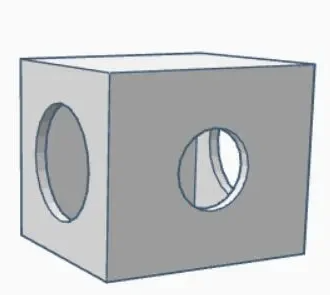
|
$320 |
|
Curved sides cat house (45 x 35 x 38 cm) 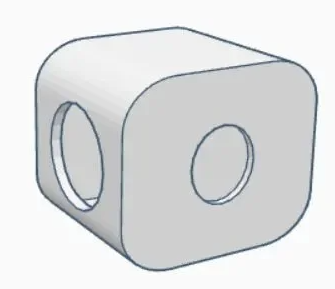
|
$420 |
|
Hexagonal cat house (42 x 35 x 32 cm) 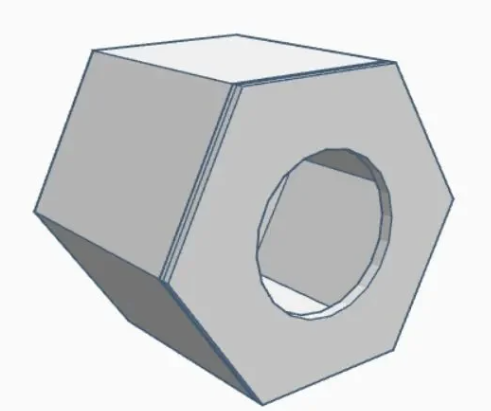
|
$360 |
|
Wall-mounted rope post (11 cm in diameter) 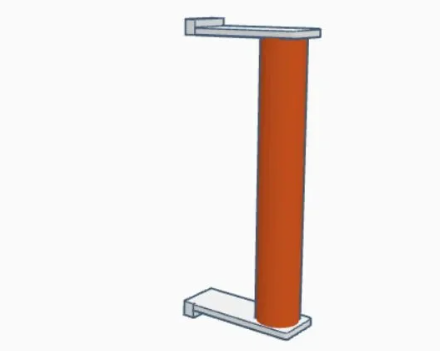
|
$200 per metre |
|
Ceiling-mounted cat walk (up to 244 cm) 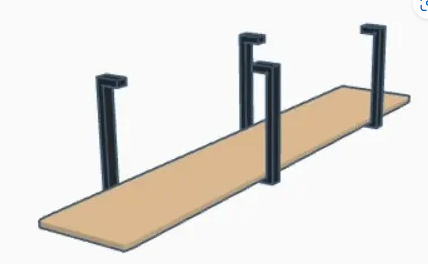
|
From $380 |
|
Space dome (from 45 cm in depth) 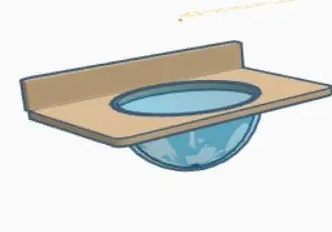
|
$200 |
|
Stairs (22 cm in depth) 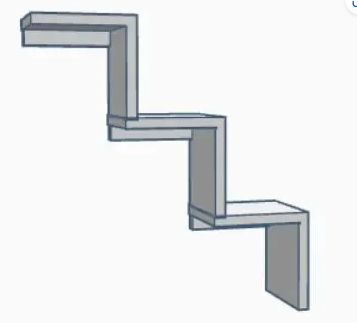
|
From $180 |
|
Hammock (45 x 32 x 15 cm) 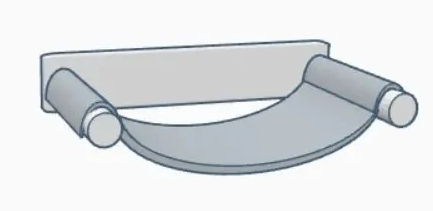
|
$180 |
|
Monkey bar (11 cm in diameter) 
|
$200 per metre |
|
Ramp (1.8 cm in thickness) 
|
$200 per metre |
Prices reflect Little People Woodworks' rates as published on their website.
Generally, basic shelves are the most affordable, while larger fixtures like cat walks and cat houses will cost more. I also want to point out that prices jump for curved installations compared to flat ones-flat resting platforms start from $55, while curved platforms are almost 5 times the prices at $250! The latter structures take more time and effort to craft.
After you decide which fixtures you want to have installed, don't forget that there are also extra charges such as installation fees and wood-staining or painting fees. For Little People Woodworks, this starts from $250 (half-day installation) and $150 for respectively.
The costs of catification can really add up, so you're likely going to be looking at a 4-figure sum for a full cat wall. In my opinion, it's a worthwhile investment for your cat's happiness. For the sake of your wallet, why not use a cashback credit card to earn some rebates that will offset future purchases? (A cat birthday cake perhaps?) Your next cat toy buying spree could be free!
Since we're looking at a fairly large sum of money, an unlimited cashback credit card is the way to go. I personally use the Citi Cash Back+ Mastercard, which gives me 1.6per cent cashback with no minimum spend.

I would also recommend the UOB Absolute Cashback Card. It's also an unlimited cashback card, but gives you 0.1 per cent more cashback than the card above. Most importantly, you can even earn cashback on things like insurance, school fees, healthcare, utilities and telco bills! These categories are often excluded, so this card is a great catch-all option.

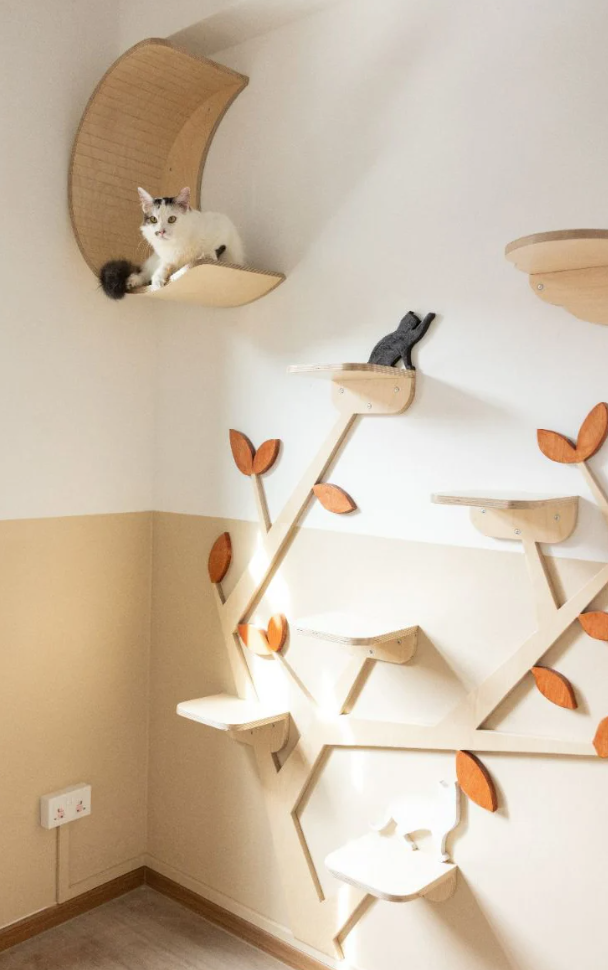
This was a concern I had as an anxious cat mama myself. If my Cinnamon is lounging up high on her cat shelf and there's a sudden emergency, how will I be able to quickly grab her?
It turns out this can be a problem with high spaces for your cat(s). But there are also 4 counterpoints here to be raised.
Firstly, as Aaron points out: "high spaces do have that disadvantage, [but this] is precisely why cats feel safe high up, just like in the wild." We've talked about this at the beginning of this article, when we discussed the goals of catification. Cats love to climb high, perch and observe from a safe distance.
Secondly, Alen points out that in emergency situations, cats aren't going to be easy to grab anywhere-even at ground level. They'll hide under beds, behind TVs, anywhere. "The key is to stay calm, grab carrier bags, and make attempts to reach them," she says.
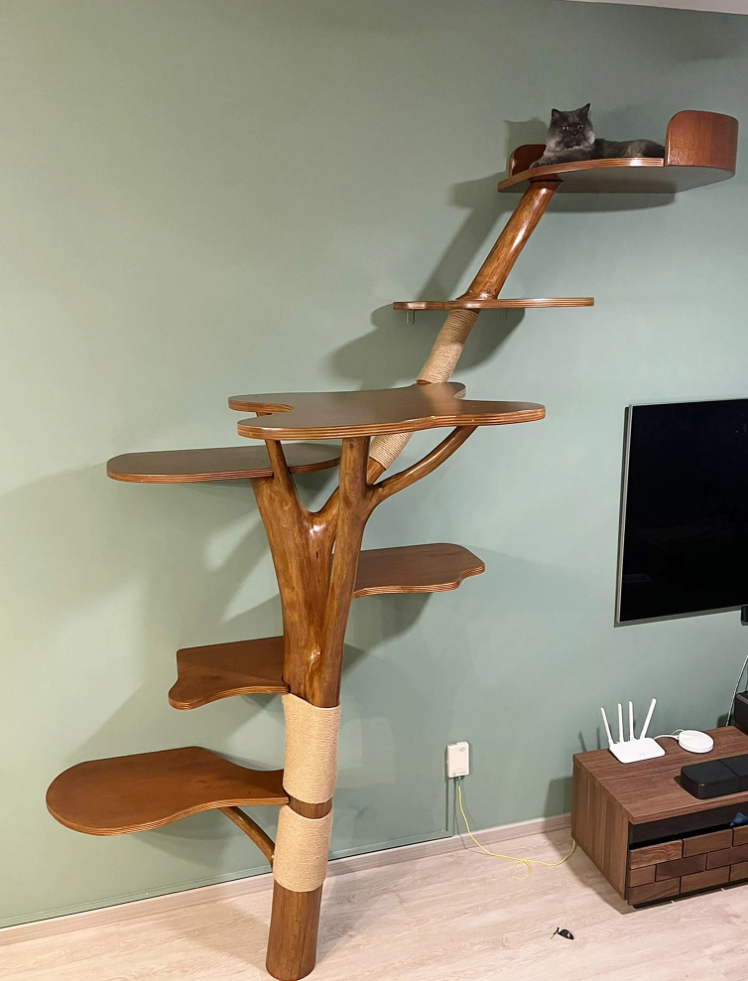
Thirdly, there are design choices that can be made to grant you a certain degree of access to your cat even if they are on the highest cat shelf. For example, Little People Woodworks tends not to build enclosed bridges that would make it doubly difficult for you to reach your cat.
Finally, Mihai also encourages you to assess your relationship with your cat. What motivates your cat to come to you? I know my cat comes to check on me regularly when I'm home, and I don't even have to call her for her regular check-ins.
As someone who's also trained her cat to do tricks like "hi five" and "give paw", I would also say that you can train your cat to come when called. Use clicker training and reward your cat with treats to form a positive association with coming to you.
[embed]https://www.instagram.com/p/CwHh6SqLcFh/?utm_source=ig_web_copy_link[/embed]
The first thing that might come to mind is to lure your cat with toys and treats. This is a good way to introduce your cat to the new furnishings, but the best method might be another "T"-time.
"[W]e have customers whose cats started to use the system even as we were installing the shelves, and those whose cats took a few months to get used to the idea of a cat wall," says Mihai.
Alen reminds us that cats do their own thing in their own time. You cannot rush a cat nor tell a cat what to do. "Allowing your cat to ascend at its own pace is crucial, enabling them to familiarise themselves with the new territory and establish a sense of ownership," she says.
Cats all have different personalities, preferences and habits, and these will also change over time as they get used to their new environment. As Aaron reassured me, don't sweat it if your cat doesn't use the new space at first-cats are adaptive and instinctive. They'll figure it out!
[embed]https://www.instagram.com/p/C3FOhZ5yK9A/?utm_source=ig_web_copy_link[/embed]
I love the concept of catification. Don't get me wrong-I think catified spaces are wonderful and every kitty deserves them. As Mihai (Little People Woodworks) pointed out, every cat at the very least deserves furniture they can climb on and some surfaces they can scratch. These are all just part of being a cat, and having these needs met is essential to nurturing a happy, fulfilled kitty.
But as much as catification is important and beneficial, Aaron (Good Life Cat) shared a very honest insight with me that I think both cat owners and cat owners-to-be should appreciate. Catification features like platforms and wall fixtures are great to have, but not a must in your home.
What's more important is that you set aside time to play with your kitty. Engage with them, bond with them, and manage their energy levels and behaviour.
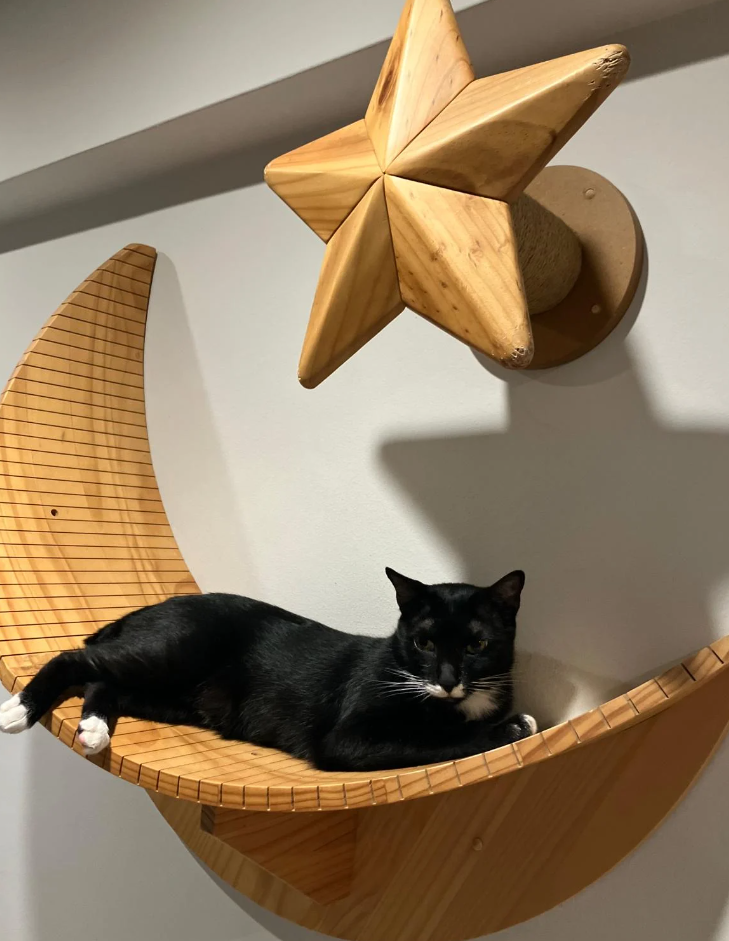
The truth is that even the goodest of good boys/girls will still try to scratch your furniture at some point-especially since cats like to scratch where you sit to mark their scent on yours.
However, such behaviour can at least be minimised by you when you play with your cat, discourage furniture-scratching, direct them to scratch posts or boards, and choose more cat-compatible furniture.
For example, sofas made with open-weave fabrics like tweed are a terrible idea-not only will it also trap fur faster than you can say "lint roller", but the material is also perfect for getting snagged on your cat's claws.
Don't blame your cat for destroying your furniture if you do little to nothing to make your home environment a suitable one for your cat. It is natural for a cat to climb, scratch and perch.
To expect otherwise of a cat is flawed, foolish, and fruitless. To help a cat meet these fundamental needs by catifying your home and spending time with your cat is responsible pet ownership. So budget both your money and your time to be a better cat parent!
[embed]https://www.instagram.com/p/CypLxrWRkFg/?utm_source=ig_web_copy_link[/embed]
ALSO READ: 17 popular vet clinics in Singapore and their prices: Consultation, vaccinations and more (2024)
This article was first published in MoneySmart.